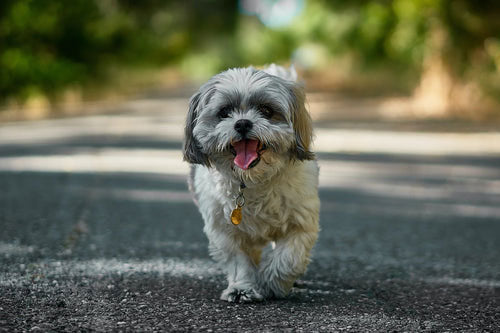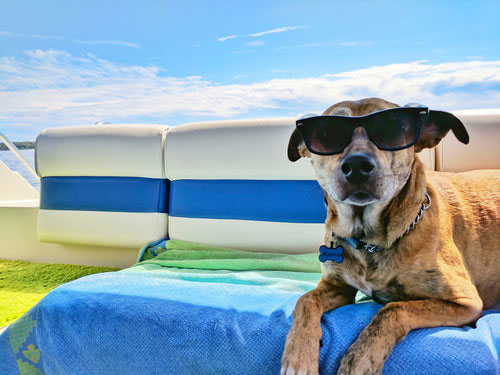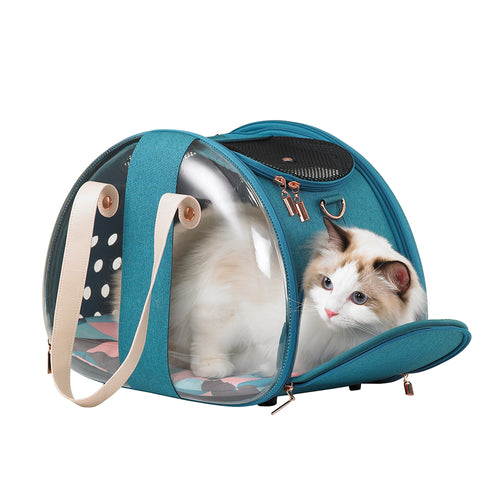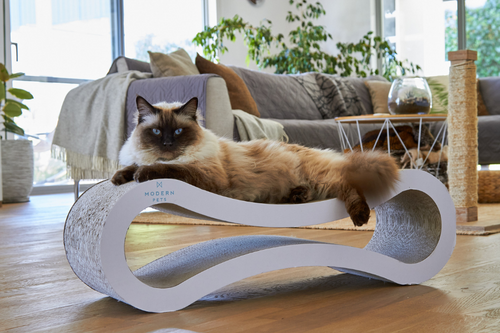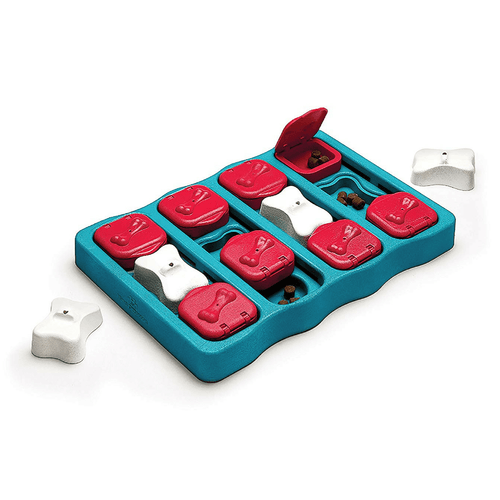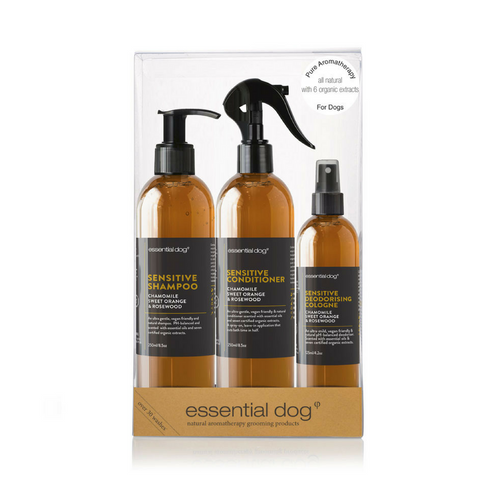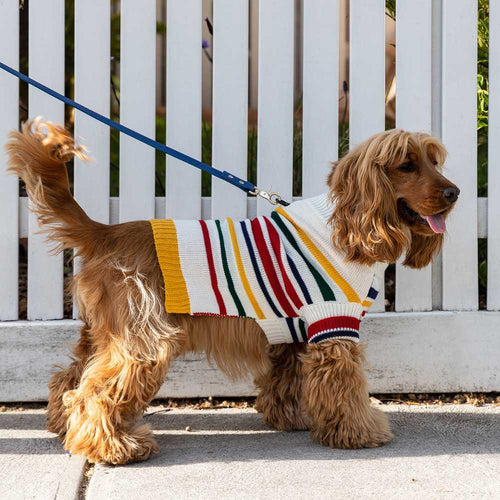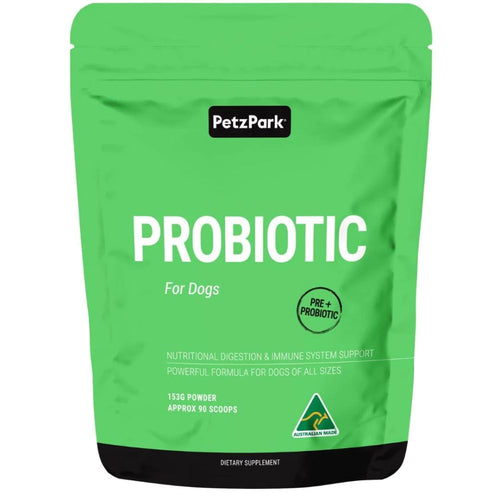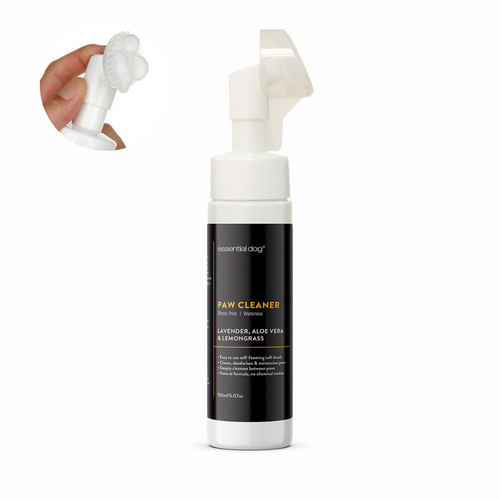How to Cure Your Dog’s Car Sickness: A Comprehensive Guide
Travelling with your furry friend can be a joyful experience, but it can quickly turn sour if your dog suffers from car sickness. Understanding and addressing dog car sickness is essential for pet owners who love to take their dogs on road trips. In this blog post, we’ll delve into the signs of motion sickness in dogs, effective dog car sick remedies, and strategies to reduce your dog’s car anxiety.
Recognising the Signs of Motion Sickness in Dogs
Before diving into dog car sickness treatments, it’s crucial to recognise the signs of motion sickness in your dog. These symptoms can range from mild to severe and include:
- Excessive drooling: A classic sign that your dog might be feeling nauseous.
- Whining and pacing: Indicative of discomfort or anxiety associated with car travel.
- Vomiting or diarrhea: These more severe symptoms occur in some dogs experiencing car sickness.
- Lethargy: Your dog might seem unusually tired or uninterested during car rides.
Remedies for Dog Car Sickness
- Anti-Nausea Drops for Dogs
Anti-nausea drops are specifically designed to alleviate stomach upset in dogs. These drops often contain ingredients that can calm the stomach lining and reduce the feeling of nausea. They are particularly useful for mild cases of car sickness, and can be administered before starting your journey. However, it’s important to choose a product that is safe and suitable for your dog, and consulting with a veterinarian before use is recommended to ensure the drops are appropriate for your dog’s specific health needs.
- Fresh Ginger
Fresh ginger has been used for centuries as a natural remedy for nausea and stomach upset – it works by helping to calm the stomach and can be effective in reducing the symptoms of motion sickness in dogs. The key is to provide the right dosage, as too much ginger can be harmful. Typically, a small amount of grated fresh ginger mixed into your dog’s food can be beneficial. However, it’s crucial to consult with your vet to determine the correct dosage for your dog’s size and health condition.
- Positioning Your Dog for Good Visibility
Like humans, dogs may feel less nauseous during car rides if they have a clear view of the outside. Positioning your dog so they can look out the window can help reduce the disorientation and distress that contribute to car sickness – this is where a dog booster seat can be especially helpful.
- Dog Seat Belt
Using a dog seat belt is another effective remedy for car sickness, as it helps by securing your dog in one place, reducing the amount of movement they experience during the ride. Less movement can mean less stimulation of the balance centres in the inner ear, which are often responsible for motion sickness. A dog seat belt also ensures safety, preventing your dog from moving around the car, which can be distracting for the driver and dangerous for both the pet and passengers.
- Dog Booster Seat
As touched on above, a dog booster seat can be an excellent solution for smaller dogs who suffer from car sickness. It elevates them so they can have a clear view outside, which can help reduce the feeling of nausea. The elevation provided by a booster seat can also help to stabilise your dog, making the car’s motion less unsettling. Additionally, being in a booster seat can provide a sense of security and comfort, especially when combined with familiar items like their favourite blanket or toy.
Reducing Car Anxiety in Dogs
- Desensitise Them to the Car Gradually
Desensitisation is a process of gradually acclimating your dog to the car to reduce anxiety. Start by letting your dog sit in the car while it’s parked, offering treats and praise to create a positive association. Once they’re comfortable, take them on short drives, gradually increasing the duration as they become more at ease. This method helps build confidence and reduces the fear associated with car rides. It’s important to ensure each experience is positive, so avoid forcing your dog into the car or taking them on long trips too soon.
- Pheromone Dog Spray
Pheromone dog sprays are designed to mimic the natural pheromones that mother dogs release to calm their puppies. These sprays can create a comforting environment for your dog and help alleviate anxiety. They can be sprayed in the car before a trip, on bedding, or even directly on a collar or bandana your dog wears. Pheromone sprays are widely regarded as a non-intrusive and natural way to help soothe an anxious dog, especially during car rides.
- Calming Dog Treats
Calming dog treats often contain ingredients known for their relaxing properties, such as chamomile, CBD, or L-Theanine. These treats can be given before a car ride to help reduce anxiety and promote a sense of calm. It’s important to choose high-quality treats and start with the recommended dosage, which may vary depending on your dog’s size and sensitivity. Of course, it’s important to always check with your vet before introducing any new supplements to your dog’s diet.
- Anxiety Wrap for Dogs
An anxiety wrap for dogs works on the principle of applying gentle, constant pressure, similar to swaddling a baby. This pressure can provide a calming effect on the nervous system. Wraps are particularly useful for dogs that get anxious during car rides, as they can help them feel more secure and relaxed. It’s important to ensure the wrap fits your dog comfortably and isn’t too tight or restrictive.
- Car Sickness Medication
In cases where the above methods are not effective, and the car sickness is severe, your vet may recommend medication. These medications can range from anti-nausea drugs to sedatives, depending on the severity and cause of your dog’s symptoms. It’s crucial to use these medications under the guidance of a veterinarian, as they can advise on the appropriate medication and dosage for your dog’s specific situation.
Travel Calm for Dogs: Creating a Positive Car Experience
In addition to the above treatments and strategies, creating a positive association with car travel is vital. This can include:
- Favourite Toys and Blankets: Bring along items that your dog associates with comfort and safety.
- Frequent Breaks: On longer trips, give your dog regular opportunities to stretch and relieve themselves.
- Controlled Feeding: Avoid feeding your dog right before a car ride – a light meal a few hours before traveling can help.
Final Thoughts
Dealing with a car sick dog requires patience and understanding. By recognising the signs of motion sickness in dogs and employing effective dog car sick remedies, you can make car journeys more pleasant for both you and your pet. Remember, it’s always best to consult with your vet before trying new treatments or medications.
Let’s make every journey a happy and comfortable experience for our canine companions!


